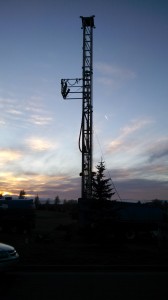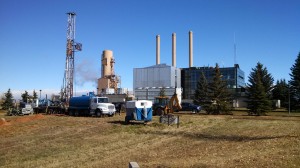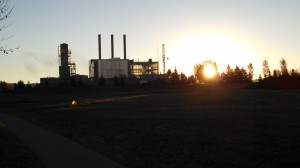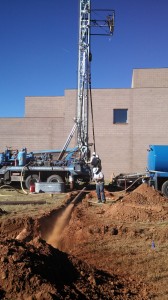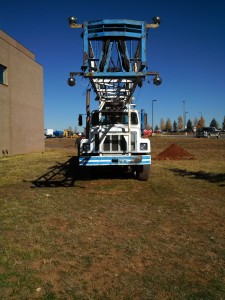University of Wyoming Irrigation Project
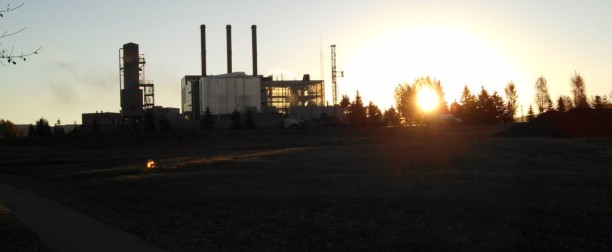
WESTON was selected by the University of Wyoming Physical Plant to evaluate the geology and hydrogeology on the east side of the University of Wyoming campus in Laramie to determine the potential for developing additional groundwater irrigation supply for the University. The project included conducting an evaluation of existing wells used by UW for irrigation in the east campus area and conducting a well siting study to determine the optimal location for siting additional wells. The project also included development of bid documents and technical specifications to retain a drilling contractor, providing supervision and oversight during drilling and pump testing, and analyzing geologic and hydrogeologic data collected during drilling and pump testing to evaluate the potential and long term outlook for using wells for irrigation rather than relying on water purchased from the City of Laramie.
HYDROGEOLOGIC EVALUATION AND WELL SITING STUDY
As part of the well siting study, WESTON reviewed reports prepared for the City of Laramie as well as hydrogeologic and geologic reports, graduate theses, and well logs in the vicinity of UW that were accessed through the SEO online database. WESTON also evaluated available data for the four existing wells on the UW campus to determine the source mechanism of the wells. Based on the results of literature search and data obtained from existing wells completed in the Satanka Shale, the Forelle Limestone and the Casper Formation, four potential well sites were sited to target the Forelle Limestone and the Casper Formation. In cooperation with UW physical plant personnel, two preferred well sites were selected to target the Forelle Limestone based on hydrogeologic setting, project economics, and UW priorities.
TEST WELL DRILLING AND AQUIFER TESTING
As part of this project, WESTON provided assistance to the UW by developing plans and specifications for two test borings and a production well and aiding UW in the bidding and Contractor selection process. The drilling program, which began in October of 2013, initially included two test borings to be completed in the Forelle Limestone. However, the test boring program indicated that limestone in the lower Chugwater Formation could yield between 165 and 175 gpm and that the water quality was equal to or better than water from the Forelle Limestone. As a result, WESTON recommended that a production well targeting the lower Chugwater Formation be drilled at the CEP site. A test well drilled at the preferred site and completed in a 20-foot thick limestone in the Chugwater Formation was pump tested at a rate of 150 gpm with water quality that is suitable for irrigation when blended with water from the City of Laramie.
RECOMMENDATIONS
WESTON’s evaluation of the UW irrigation well testing program concluded with a recommendation to complete a new well at the CEP site that can be utilized to UW to augment or eventually replace water from existing wells. By using an open-minded approach to well siting and borehole testing, WESTON was able to determine that the Chugwater Formation, a little used target for water supply wells in the area, would be a suitable target for an irrigation well. Because there are few wells completed in the Chugwater Formation there are no interference issues with existing City of Laramie wells that target the Casper Aquifer.

